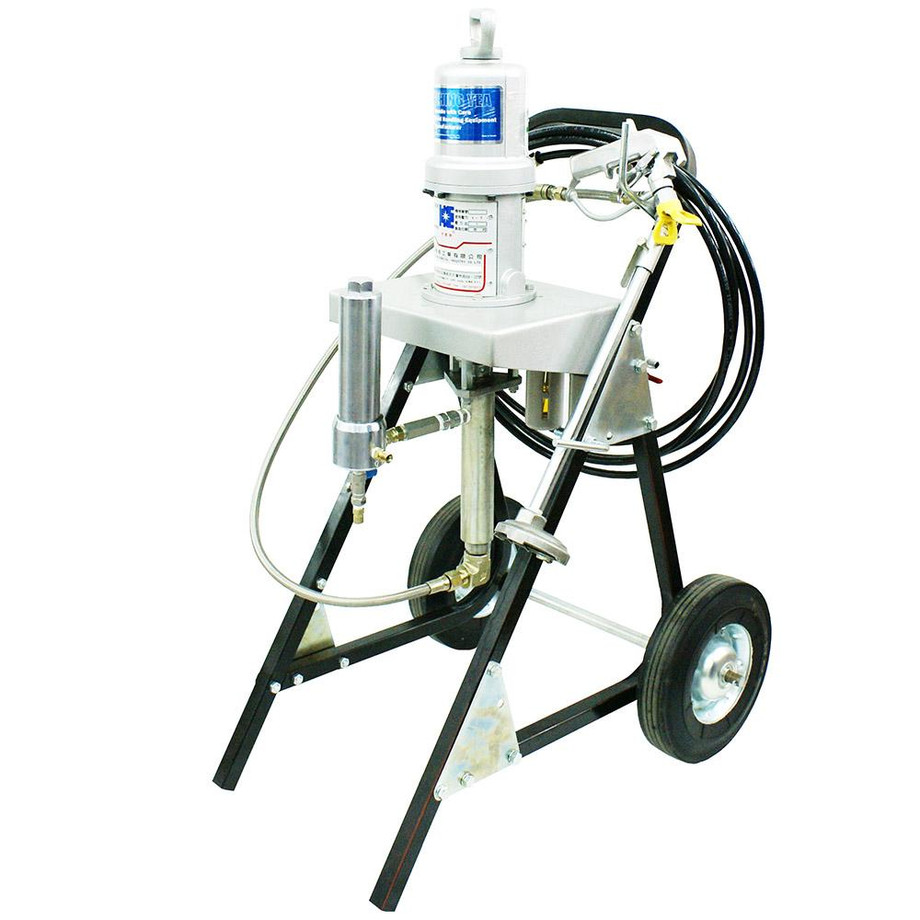The Marvels of Compressed Air Motors
Have you ever wondered if there's a different way to power machines and vehicles besides electricity or gasoline? Compressed air motors might hold the answer to this question. These fascinating devices use the power of air, compressed to high pressure, to drive a variety of machines and vehicles. In this article, we'll explore the world of compressed air motors, how they work, and their unique applications.
What is a Compressed Air Motor?
A compressed air motor is a type of engine that uses compressed air as its power source. It's a mechanical marvel that transforms the energy stored in compressed air into mechanical motion. Compressed air, which is simply air that has been squeezed into a smaller space, is an excellent source of power for various applications because it's readily available and doesn't produce harmful emissions.
How Does a Compressed Air Motor Work?
The basic principle behind a compressed air motor is quite simple. Here's a breakdown of how it operates:
Air Compression: The first step is to compress air to a high pressure. This is usually done using a compressor, a machine that squeezes the air into a smaller volume. The compressed air is then stored in a tank, ready to be used when needed.
Release of Compressed Air: When power is required, the compressed air is released from the storage tank. This rush of air is directed into the motor, where it expands rapidly, producing a flow of high-velocity air.
Conversion of Energy: The high-velocity air flows through a series of chambers and nozzles in the motor, where it pushes against a piston or rotor. This creates mechanical motion, which can be used to drive various types of equipment or vehicles.
Exhaust: After the air has performed its work, it's released into the atmosphere. This process leaves no harmful emissions, making compressed air motors environmentally friendly.
Applications of Compressed Air Motors
Compressed air motors find use in a variety of applications, each taking advantage of their unique benefits:
Pneumatic Tools: Many handheld tools, like impact wrenches, nail guns, and paint sprayers, are powered by compressed air motors. These tools are popular in construction, automotive repair, and manufacturing industries.
Industrial Machinery: Compressed air motors are used to drive larger industrial machinery, such as conveyor systems, pumps, and compressors.
Transportation: Some experimental and specialty vehicles use compressed air motors, particularly in environmentally conscious designs. These vehicles can be found in places like factories and airports.
Mining and Underwater Applications: In environments where electric power is impractical or hazardous, such as mines or underwater operations, compressed air motors provide a reliable and safe power source.
Dentistry: Dental drills and other equipment in the field of dentistry often use compressed air motors for their precision and ease of control.
Agriculture: Compressed air motors power various agricultural equipment, like grain elevators, seeders, and pneumatic pruning tools.
Small-Scale Energy Storage: Compressed air energy storage systems are used to store excess energy from renewable sources like wind and solar power. The stored compressed air can be released to generate electricity when needed.
Advantages of Compressed Air Motors
Compressed air motors offer several advantages:
Eco-Friendly: Since they don't burn fuel, compressed air motors produce zero emissions. This makes them a sustainable and eco-friendly choice.
Safety: Compressed air is much safer than electricity or flammable fuels in certain environments, such as mines, where the risk of explosions is a concern.
Efficiency: Compressed air motors can be highly efficient, especially when designed for a specific application. They can often provide more power output than electric motors of the same size.
Cost-Effective: Compressed air is readily available and can be more cost-effective than other power sources, especially in areas where electricity is expensive.
Low Maintenance: Compressed air motors are known for their durability and low maintenance requirements. They have fewer moving parts compared to internal combustion engines, reducing the need for repairs.
Challenges of Compressed Air Motors
While compressed air motors offer many advantages, they also come with some challenges:
Energy Loss: Compressing air generates heat, and there can be energy losses during compression and expansion, reducing overall efficiency.
Limited Range: Compressed air vehicles have limited driving ranges compared to gasoline or electric vehicles due to the storage capacity of compressed air.
Noise: Compressed air motors can be noisy, which may not be suitable for all applications.
Infrastructure: Widespread use of compressed air vehicles would require infrastructure for refilling compressed air, similar to the infrastructure needed for gasoline or electric charging stations.
The Future of Compressed Air Motors
While compressed air motors are not as common as gasoline or electric motors, they continue to be explored and developed for various applications. As concerns about environmental impact and energy efficiency grow, compressed air technology may become more relevant in the future. Researchers are investigating ways to improve the energy efficiency of compressed air systems, making them even more competitive with other power sources.
For More Info:-

Comments
Post a Comment